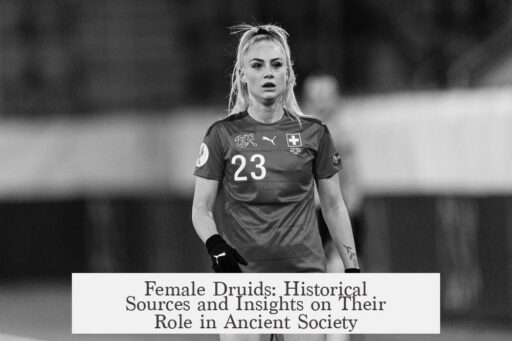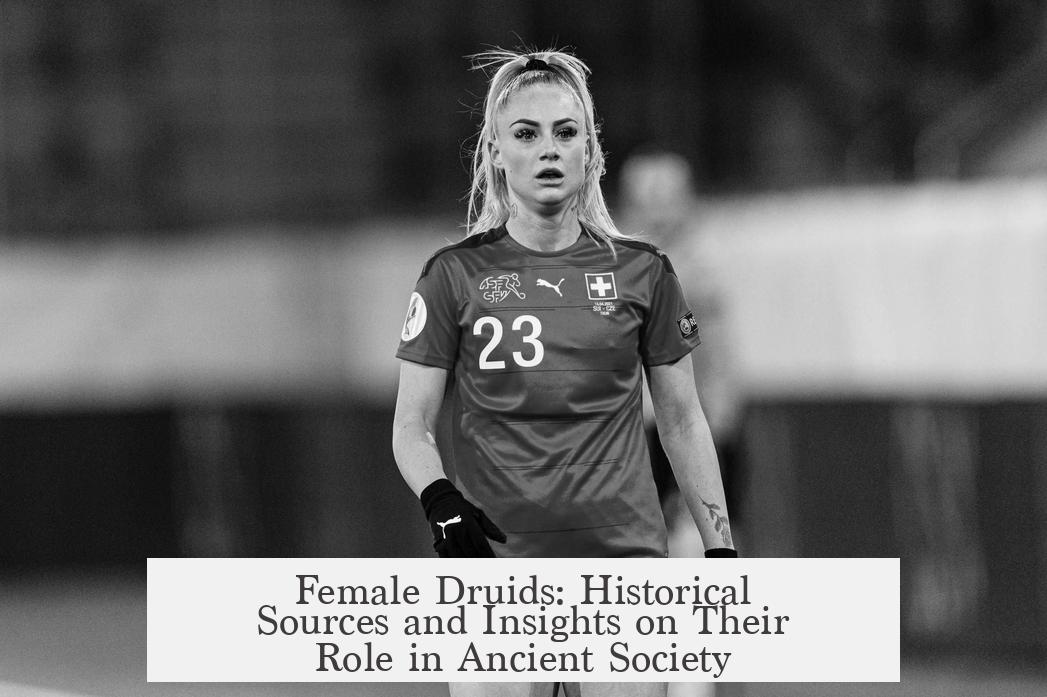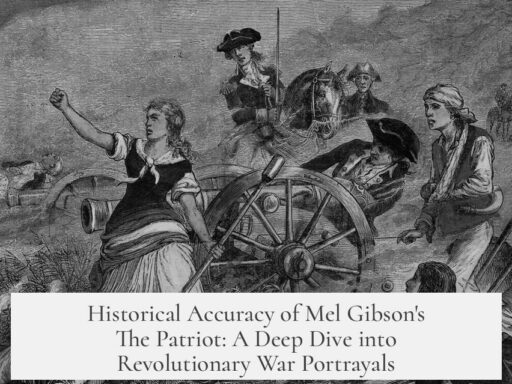Historical sources on female druids remain scarce and ambiguous, with little direct evidence confirming their existence or roles within ancient druidic practices. Most classical references describe male druids, while mentions of women in druidic contexts are limited and often filtered through later literary traditions or Roman interpretative biases.
Ancient accounts largely focus on male druids. For example, Julius Caesar and other classical authors repeatedly depict druids as male religious leaders, teachers, and judges. Female druids barely appear in these records. The notable exception is the Roman historian Tacitus, who describes female druids during the Roman invasion of the British island of Anglesey (then Mona) in 60 CE. He reports a group of women druids attempting to resist the Roman army by invoking battle fervor. However, Tacitus is known for dramatic embellishments, especially when depicting “barbarian” peoples. His account is the principal classical source suggesting women held druidic power in Britain but should be treated with caution.
In Gaul, no reference to female druids emerges before the 3rd century CE, a time when druidic institutions were in sharp decline due to Roman conquest and cultural assimilation. Pliny the Elder, writing in the first century CE, observes druids reduced to roles akin to prophets or healers rather than influential political or religious leaders. Later Roman sources mention female prophetesses and magicians, sometimes using terms such as “drias” or “drydes,” possibly linked etymologically to druids but more likely referring to independent female seers or witches rather than formal druids. These references might represent a conflation of druidic tradition with other forms of priestly or magical women.
Some ancient texts, like those mentioning the Gallisenae women of Gaul, suggest possible female ritual specialists. However, these bodies of evidence are thin and often based on interpretations of accounts describing bacchanalian rites or barbaric customs rather than clear records of official druidic roles held by women. Scholars warn such interpretations may reflect Roman or Greek attempts to “systematize” foreign elements or be influenced by “interpretatio graeca,” a tendency to explain foreign beliefs through Greek analogies with limited accuracy.
Medieval Irish literature contains references to female druids or “bandruí.” Key texts, such as the epic Táin Bó Cúailnge, feature female druids who engage in magical combat or prophecy, often in opposition to heroes like Cú Chulainn. These characters sometimes overlap or blur with roles such as female bards or satirists. Since these sources come from a Christian context centuries after druidism declined, it is difficult to separate genuine remnants of pagan practices from Christian reinterpretations and literary inventions. The medieval mentions likely represent literary tropes or symbolic figures rather than reliable historical witnesses to female druidic practice in pre-Christian Ireland.
The linguistic research of the word “druid” and its variants highlights significant complexities. The Irish term druí comes from Old Irish, but the earliest attestations appear in Christian-era texts. The term sometimes broadly refers to magicians, wizards, or diviners regardless of gender. Related Brythonic terms arise centuries later with limited early uses. In Roman writings, similar-sounding words appear to denote female prophets or witches but seem detached from formal druidic hierarchy. This evolution of terminology further blurs the historical reality of female druids.
The social and ritual functions of druids underwent major transformations with Roman conquest and cultural change. Traditional druidic roles, including judicial and religious leadership, diminished significantly. By the first century CE, druids lost their political clout and exclusive religious status, partly due to suppression by Rome. With reduced organizational structure, druidic knowledge transmission possibly degenerated. The observed associations of women with magic and prophecy in later Roman and medieval sources might reflect broader gender roles in spiritual and healing practices rather than evidence for official female druids.
Contemporary neopagan and feminist interpretations of female druids should not be conflated with historical reality. Most scholarship stresses the scarcity of reliable evidence from antiquity regarding women functioning as druids in formal capacities. Secondary sources offering better insight into druidism include Ronald Hutton’s The Blood and the Mistletoe, covering British and Irish druid practice, and Jean-Louis Brunaux’s Les Druides, des philosophes chez les Barbares, focusing on Gaulish contexts.
| Aspect | Key Points |
|---|---|
| Classical sources | Almost exclusively depict male druids; Tacitus uniquely reports female druids in Britain but with uncertain reliability. |
| Gaulish evidence | No female druids mentioned before 3rd century CE; references to female seers but not official druids. |
| Medieval Irish Literature | Contains female druid characters but written post-Christianization; mixes pagan tropes with Christian worldview. |
| Terminology | Old Irish ‘druí’ applies broadly to magicians/diviners; related terms for female seers appear later. |
| Transformation under Rome | Decline of druidic institutions; roles reduced to prophecy or healing; social disruption erodes official druid status. |
| Scholarly caution | Separate literary motifs from historical fact; prefer critical, context-aware interpretations. |
- Historical proof of female druids is minimal and inconclusive.
- Classical sources mostly describe male druids; Tacitus provides uncertain evidence for women druids in Britain.
- Medieval Irish writings mention female druids but may blend myth, literary convention, and Christian influence.
- Language and terminology linked to druids changed over time, complicating clear gendered interpretations.
- Druidic roles faded under Roman rule, reducing the social and religious prominence of druids, especially formal leadership roles.
- Consult comprehensive studies like Hutton’s and Brunaux’s works for nuanced understanding.
- Neopagan and modern feminist views on female druids differ from historical evidence and should be considered separately.
What classical sources mention female druids?
Tacitus is the only classical author known to mention female druids. He describes women leading resistance against the Romans on the Welsh island of Anglesey.
Are there historical records of female druids in Gaul before the 3rd century CE?
No records mention female druids in mainland Gaul before the 3rd century CE, after the decline of traditional druidism.
How reliable are medieval Irish texts about female druids?
Medieval Irish texts do mention female druids but were written by Christian monks long after pagan times. Their accuracy for pre-Christian practices is uncertain.
Did the term “druid” always refer to the same role for men and women?
The word “druid” comes from Old Irish and referred broadly to magicians or seers. Its meaning varied and was later used for both male and female figures in divination or magic.
Why is information on female druids scarce and confused?
Ancient sources mainly focus on male druids. Female druids appear rarely and often in literary or symbolic roles. Some mentions may mix myth, speculation, and later Christian interpretations.




